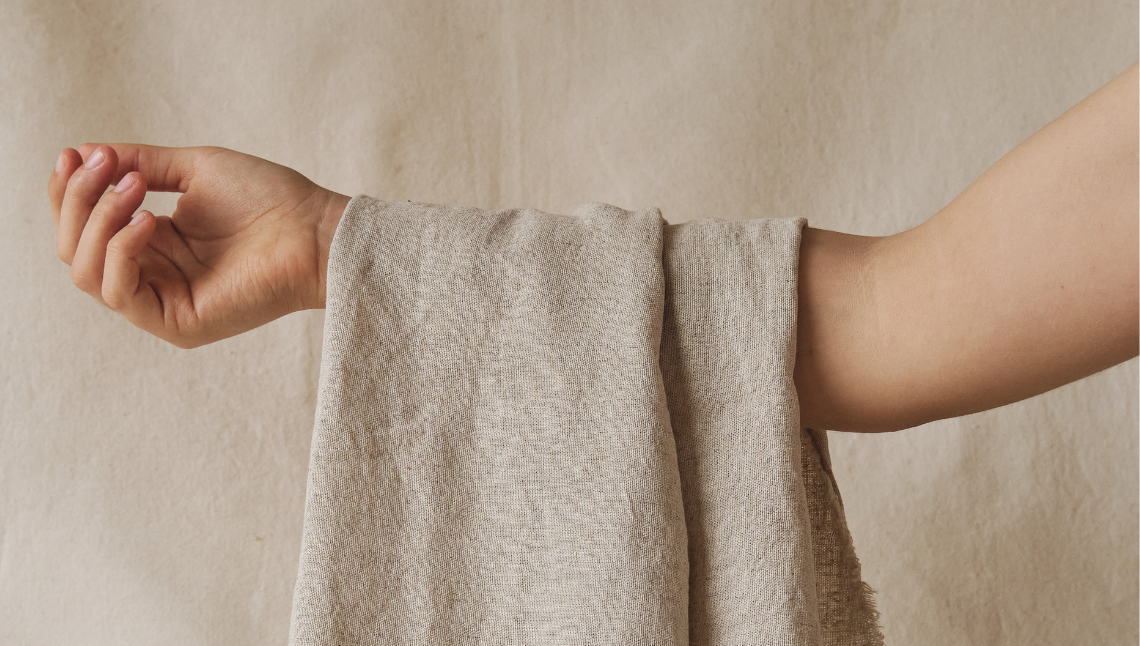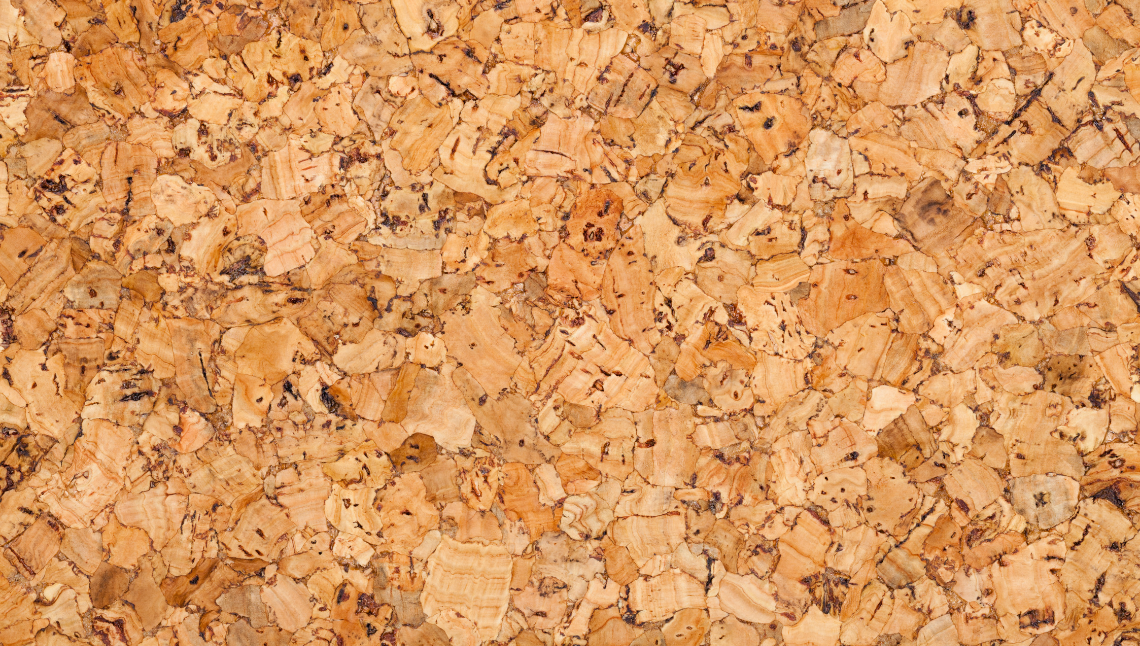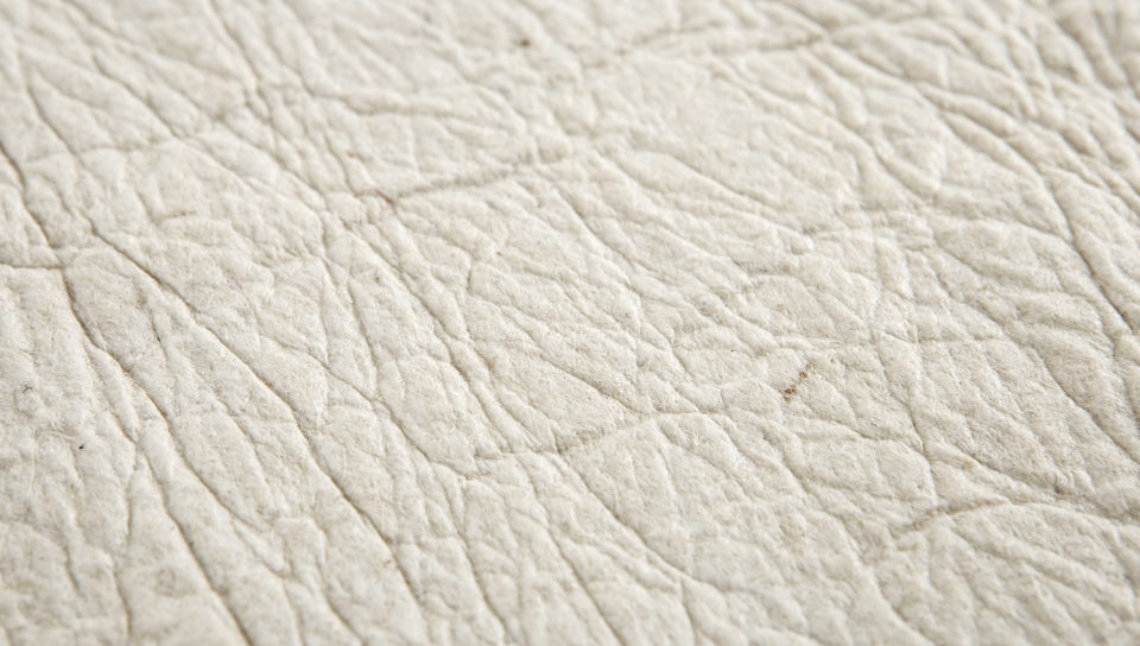Black Grills: Homage to the Asian Tradition of Blackened Teeth, Once a Mark of High Status
Courtesy of @sailorr Sailorr and Molly Santana’s black grills fuse hip-hop swagger ...

When evaluating the sustainability of fabrics, it’s crucial to consider factors like water usage, energy consumption, biodegradability, pesticide use, and the overall environmental impact during production. Here are some fabrics that are generally considered to be more planet-friendly:
Unlike conventional cotton, organic cotton is grown without harmful chemicals, pesticides, or synthetic fertilisers. This makes it a better choice for the environment and farmers’ health.

Similar to organic cotton, organic linen is grown without synthetic pesticides or fertilisers. It is known for its breathability, moisture-wicking properties, and biodegradability.

Hemp is a robust and versatile plant that requires minimal water, pesticides, or synthetic fertilisers. It enriches rather than depletes the soil and produces a fibre that’s strong and durable.

Cork is a renewable resource harvested from the bark of cork oak trees. It’s a sustainable alternative to leather, as it does not require the tree to be cut down, and the bark regrows naturally.

Soy-based fabrics are made from the byproducts of soybean processing. They are biodegradable and can have a soft, silk-like texture.

These fibres are derived from wood pulp, usually from eucalyptus, spruce, or beech trees. The production process is more closed-loop, meaning most of the chemicals and water used are recycled. The result is a biodegradable fabric with a silk-like feel.

Using post-consumer or post-industrial waste to create new fabrics can drastically reduce the environmental footprint. Recycled polyester and recycled nylon are examples.

Made from pineapple leaf fibres, Piñatex is a sustainable alternative to leather and petroleum-based textiles.

Photo: Courtesy of reflowproject
This is a type of bio-fabricated material made from mycelium, the root structure of fungi. It’s biodegradable and offers a sustainable alternative to traditional leather.

While silk is natural and biodegradable, its production can be controversial due to the boiling of silkworms. However, “peace silk” or “Ahimsa silk” offers a more humane way of producing silk without killing the silkworms.

It’s important to note that while these fabrics might be more sustainable in certain aspects, no fabric is entirely without impact. The best approach for the planet is to consume less, choose wisely, and make garments last longer through proper care and repair.
Courtesy of @sailorr Sailorr and Molly Santana’s black grills fuse hip-hop swagger ...
Wandering around the globe, try out the signature tastes of cultures across ...
These top 5 barber shops in Bangkok are where gentlemen can elevate ...
Pets, as cherished members of our families, deserve rights and protections that ...
While traditional TV shows are serving us endless boy-meets-girl tales. Thailand has ...
In Bangkok’s food scene, nothing stays the same for long. Discover the ...
Wee use cookies to deliver your best experience on our website. By using our website, you consent to our cookies in accordance with our cookies policy and privacy policy